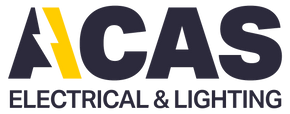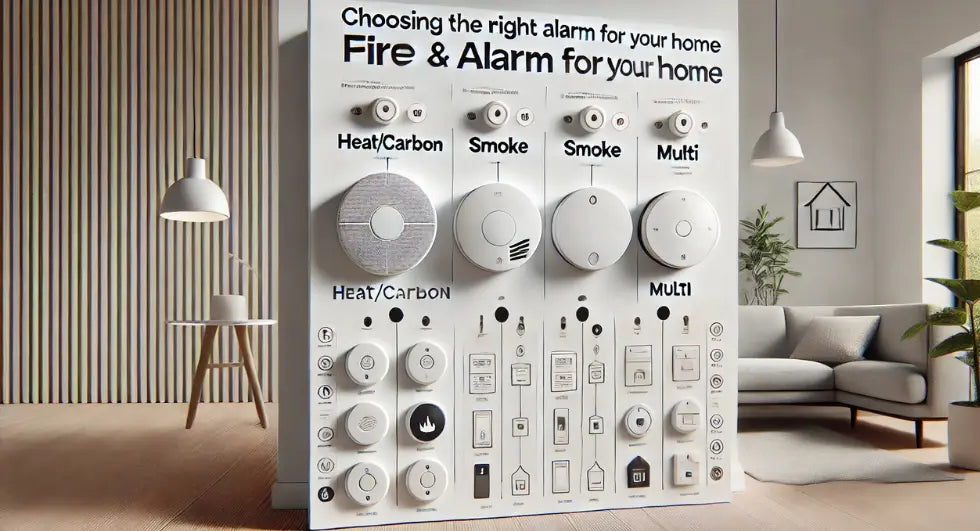The Ultimate Guide to Fire Alarms and Smoke Alarms Installation for Your Home
Welcome to Ultimate Guide to Fire Alarms and Smoke Alarms Installation for Your Home the When it comes to protecting your home and loved ones, fire alarms and smoke alarms play a vital role. They are your first line of defense against potentially life-threatening situations caused by fire or smoke. But with so many types available, how do you choose the right one? In this guide, we’ll explore the different types of fire and smoke alarms, their features, and why Aico alarms are a top choice for your home.
Types of Fire and Smoke Alarms
Fire and smoke alarms come in various types, each designed to detect different threats. Below are the most common types homeowners install:
1. Ionization Smoke Alarms
These alarms are highly sensitive to fast-flaming fires. They’re ideal for detecting fires in kitchens or areas with combustible materials. However, they may be prone to false alarms if installed near cooking appliances.
2. Photoelectric Smoke Alarms
Photoelectric alarms are designed to detect smoldering fires, which often produce a lot of smoke before bursting into flames. They’re well-suited for bedrooms and living areas.
3. Heat Alarms
Heat alarms detect changes in temperature rather than smoke. These are perfect for kitchens, garages, or areas prone to high humidity where smoke alarms might trigger false alerts.
4. Carbon Monoxide Alarms
Carbon monoxide (CO) is a silent killer, as it’s odorless and colorless. CO alarms detect this gas and are essential for homes with fuel-burning appliances like gas heaters or wood stoves.
5. Combination/Multi Alarms
Combination alarms can detect both smoke and carbon monoxide, offering dual protection in a single device. These are a great choice for simplifying home safety systems.
Power Sources for Fire and Smoke Alarms
When choosing alarms, it’s essential to consider their power source. Here are the two primary options:
Battery-Powered Alarms
-
Pros: Easy to install, no wiring required, and portable.
-
Cons: Requires regular battery replacement to ensure functionality.
-
Ideal for: Apartments or homes without a pre-existing wired alarm system.
Hard-Wired Alarms
-
Pros: Connected directly to your home’s electrical system and often come with battery backups.
-
Cons: Requires professional installation.
-
Ideal for: New constructions or homes undergoing renovations.
Tips for Installing and Maintaining Your Alarms
-
Placement Matters: Install smoke alarms in every bedroom, outside sleeping areas, and on each level of your home. Heat alarms are best for kitchens and garages.
-
Test Regularly: Test your alarms monthly to ensure they’re functioning properly.
-
Replace Batteries: For battery-powered alarms, replace batteries at least once a year or when the low-battery chirp sounds.
-
Upgrade When Needed: Replace your alarms every 10 years to maintain optimal performance.
-
Seek Professional Help: For hard-wired systems, hire a certified electrician to ensure proper installation.

